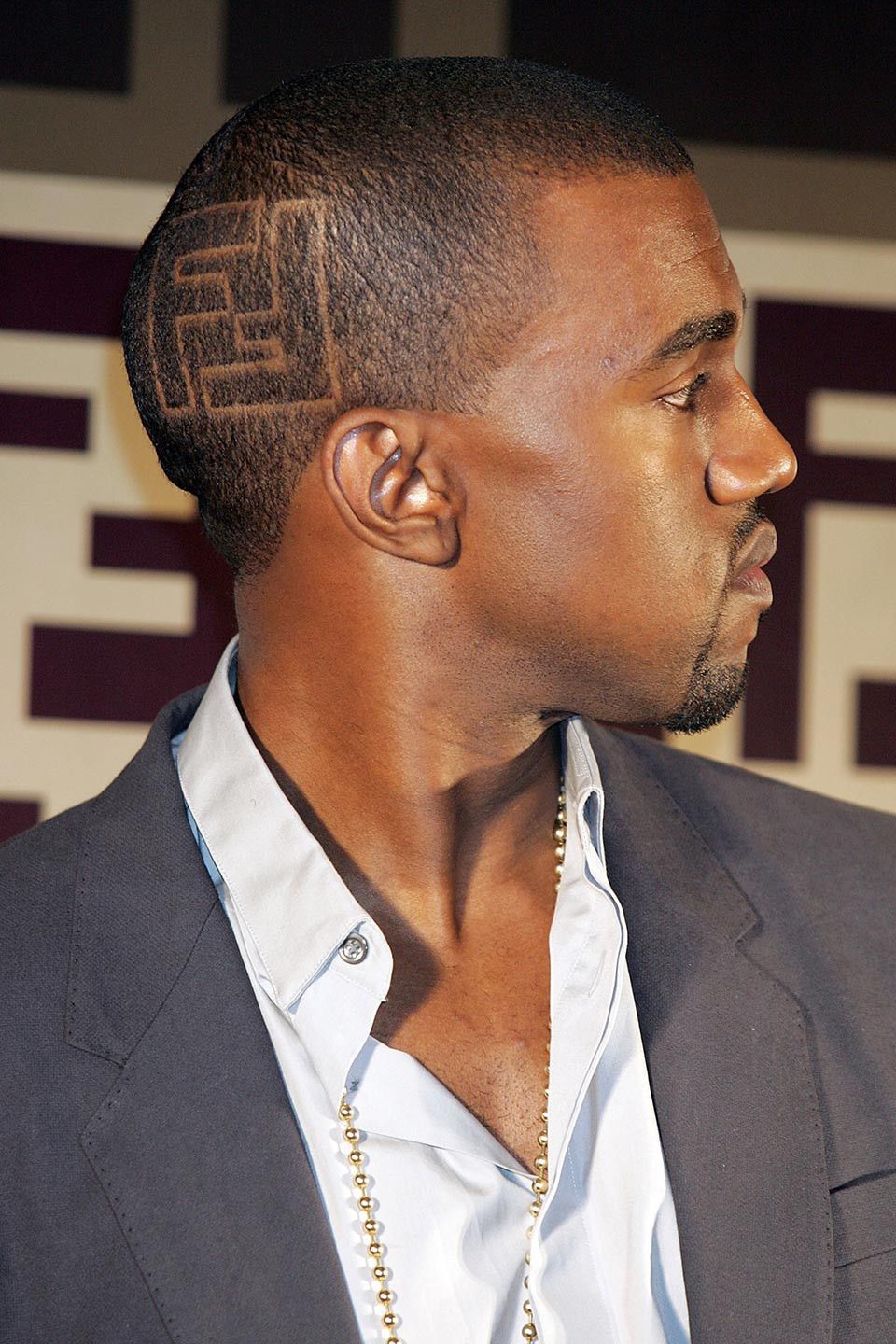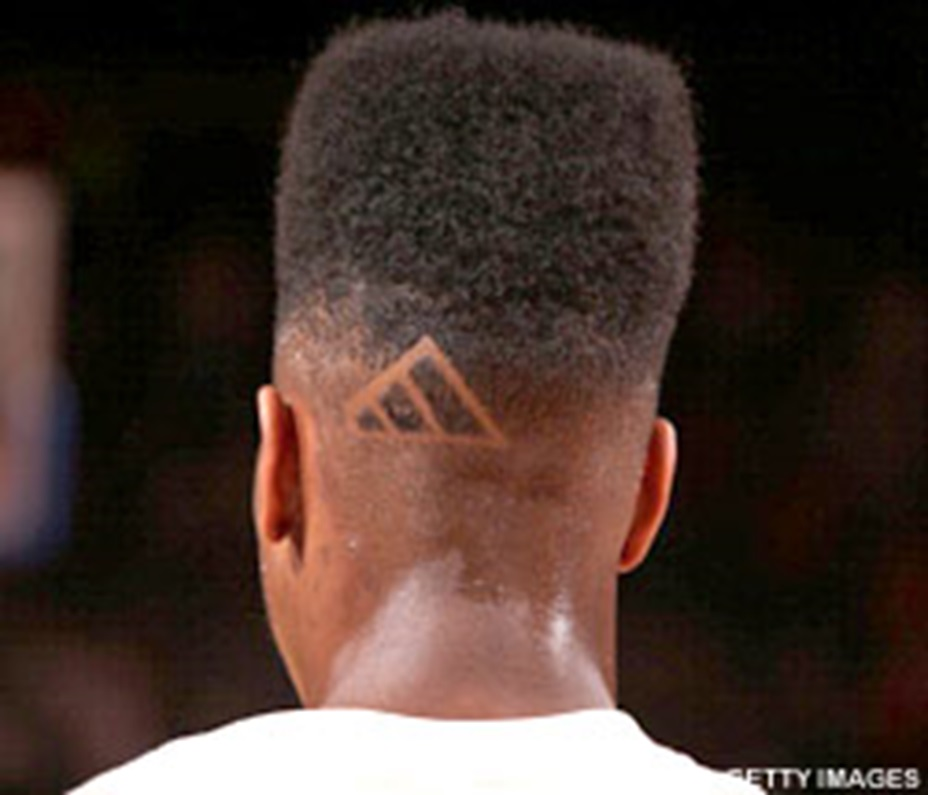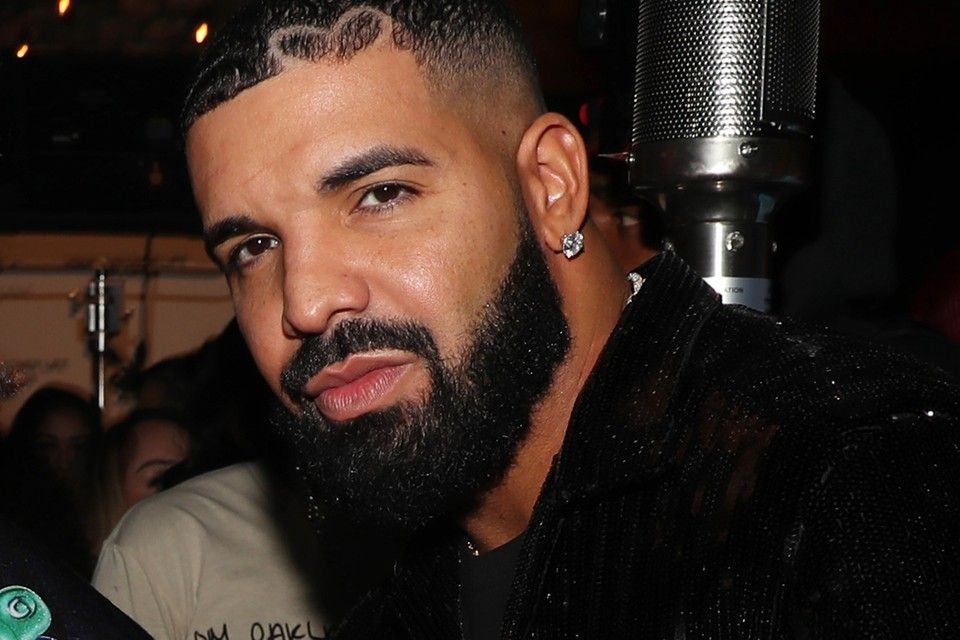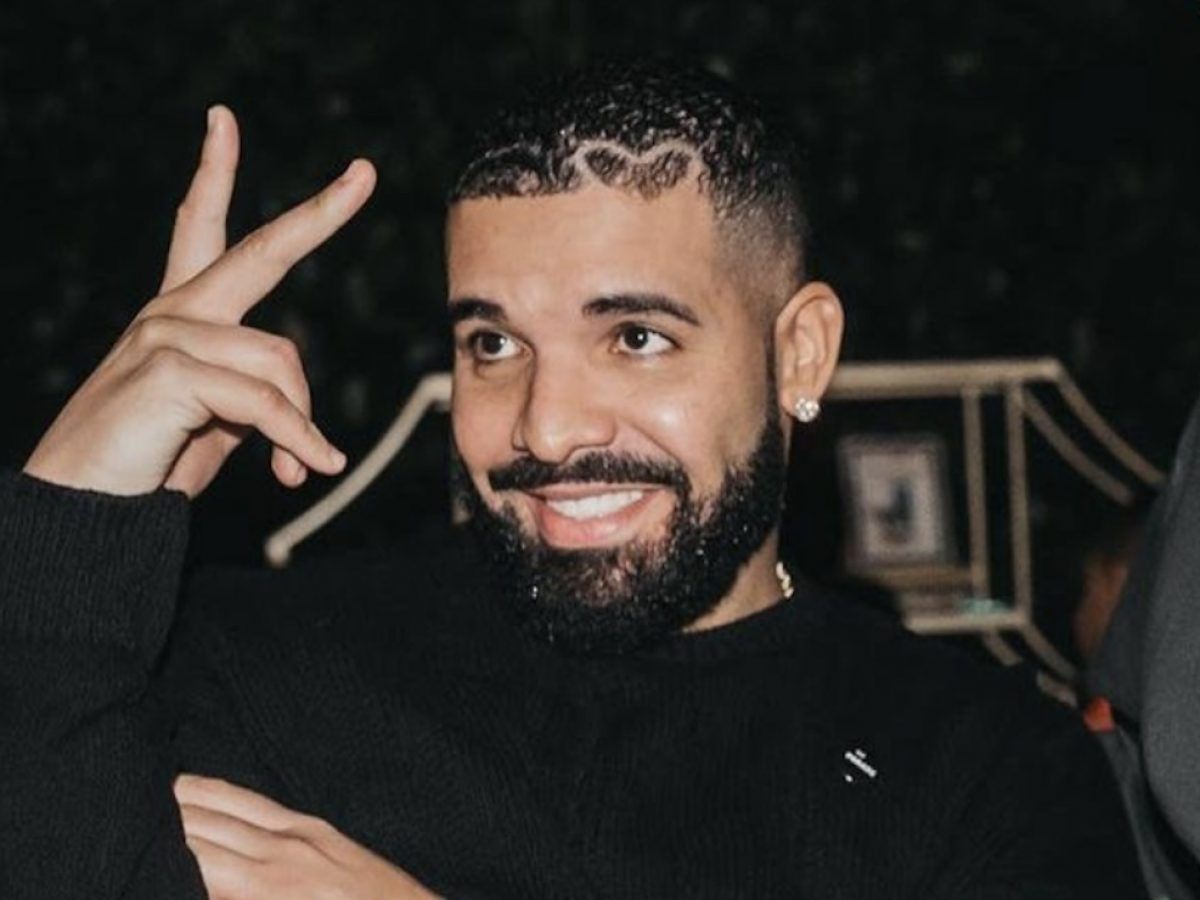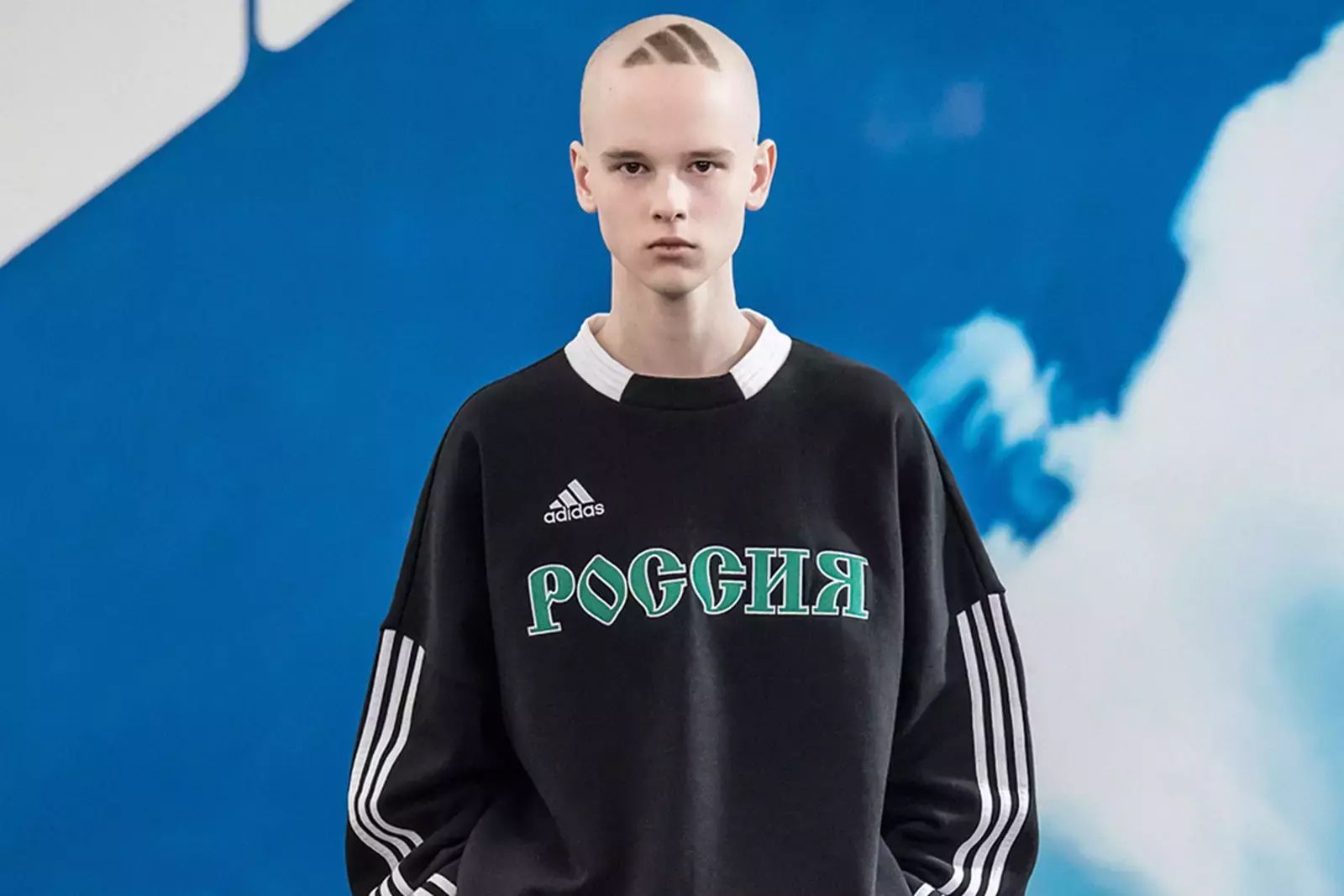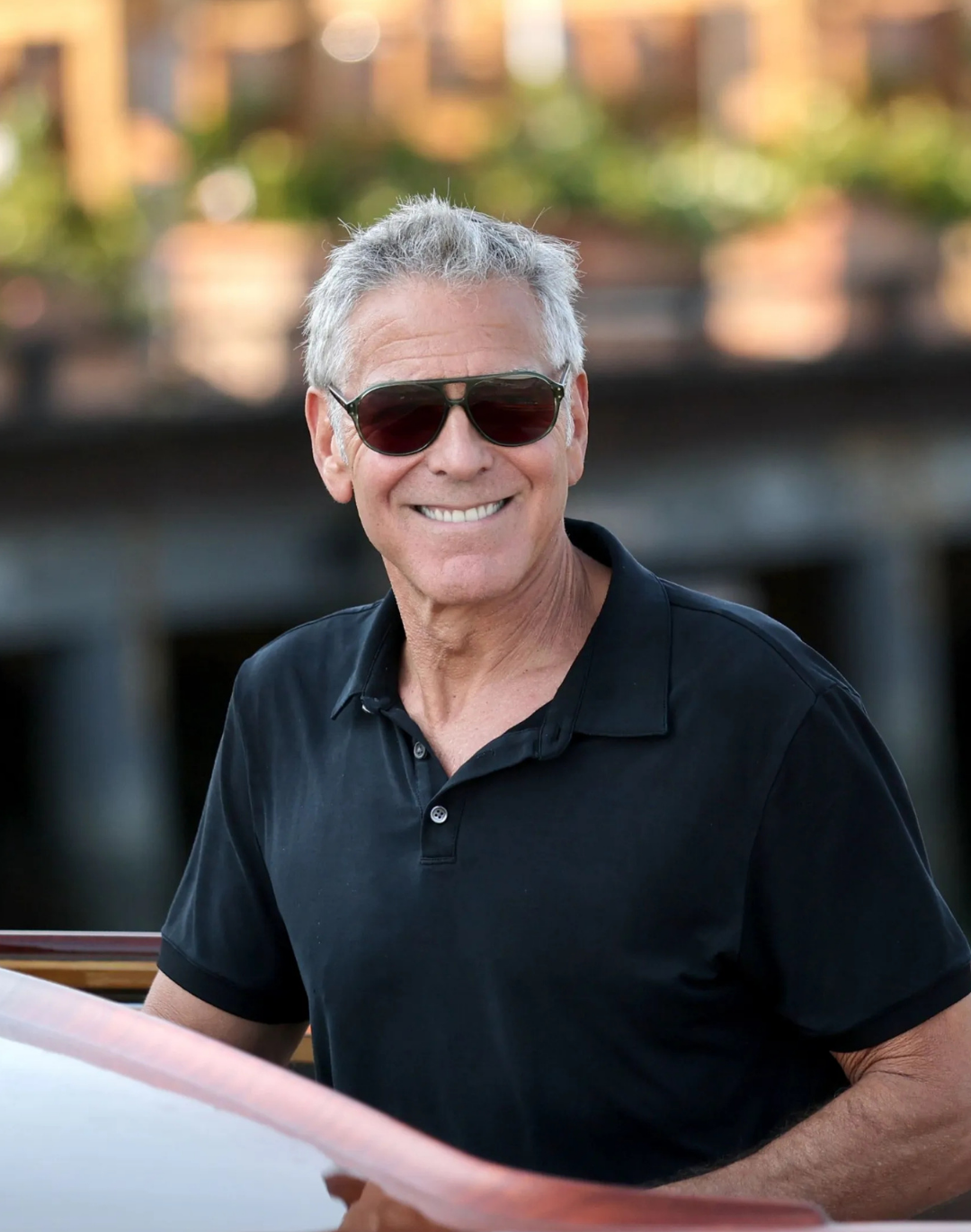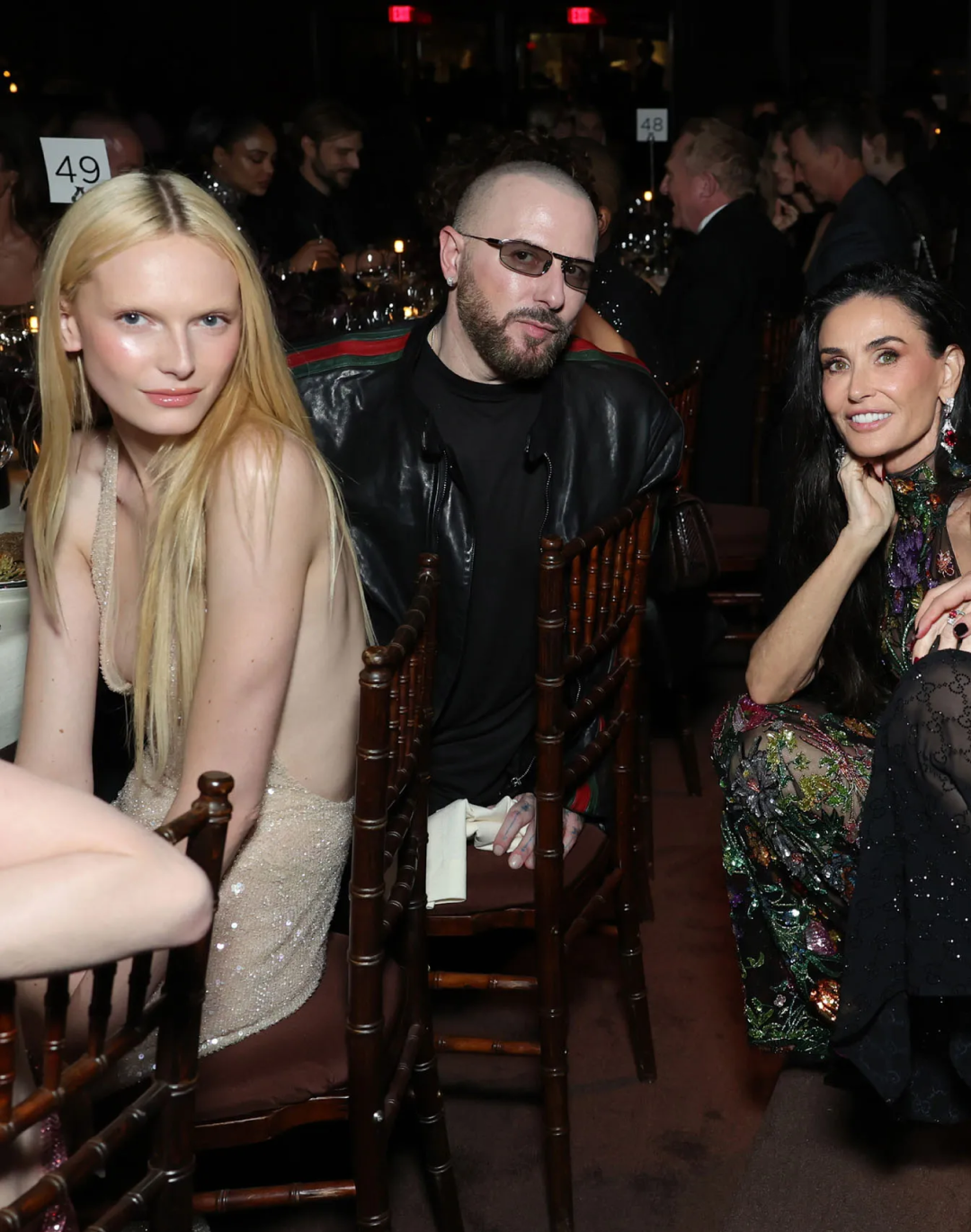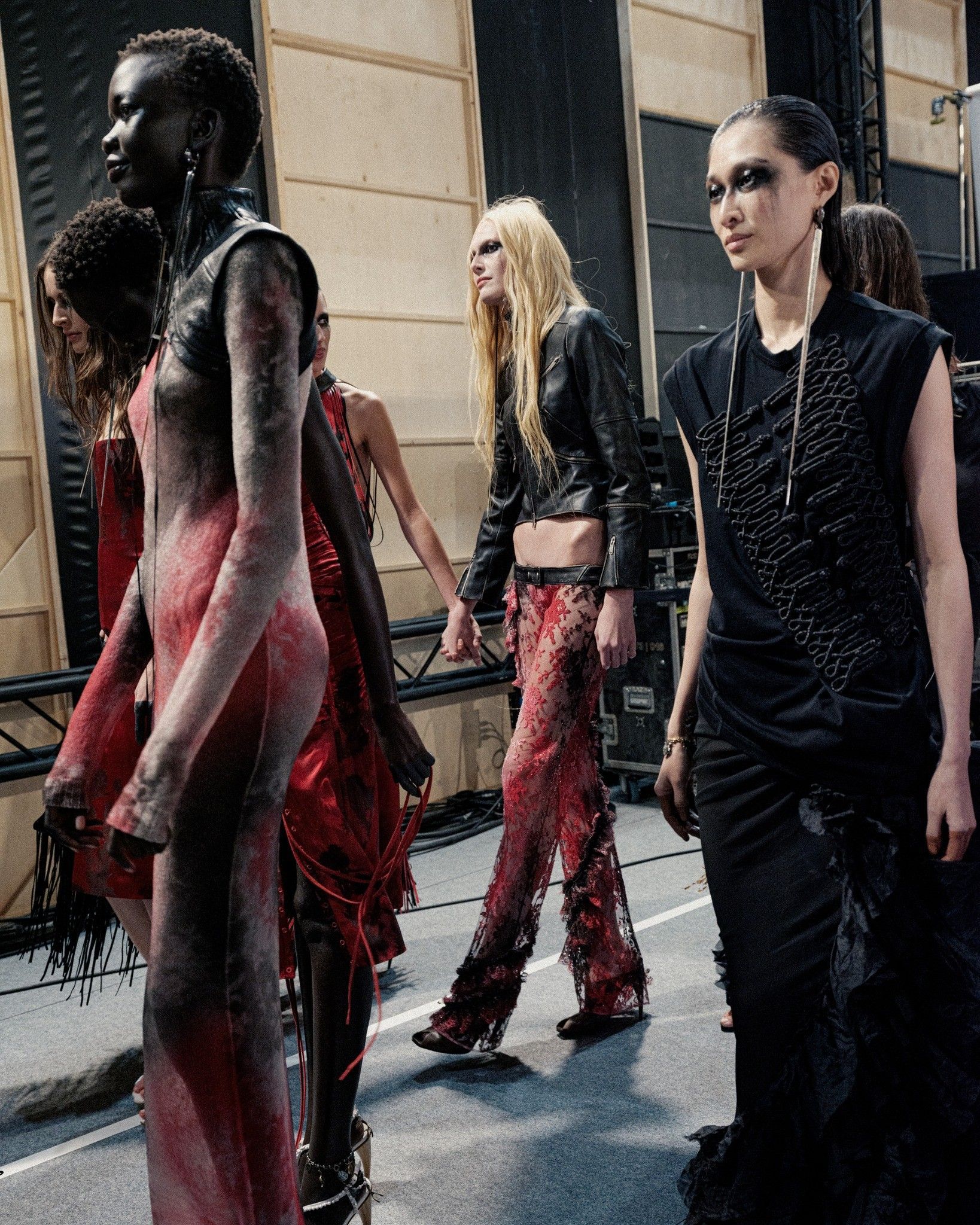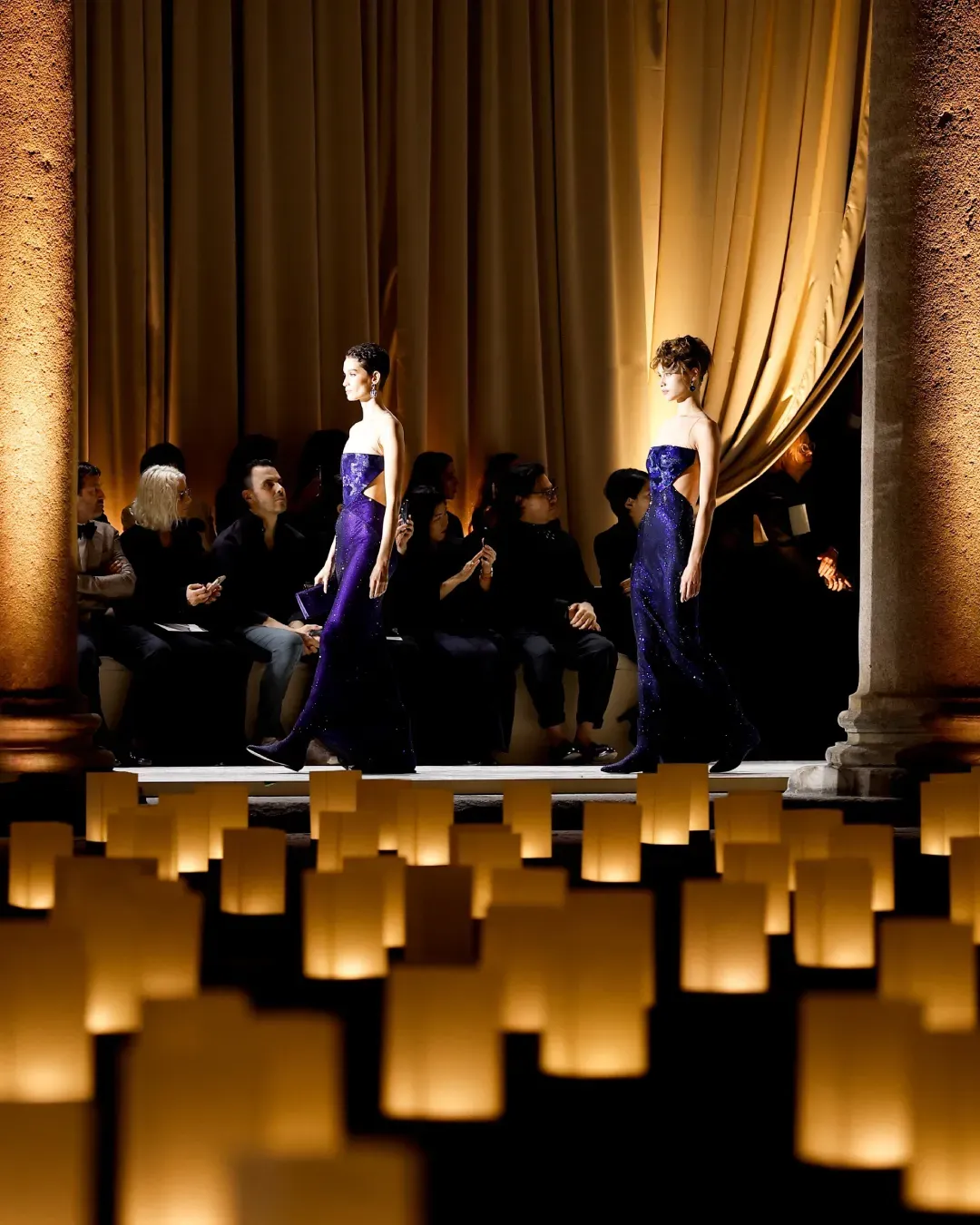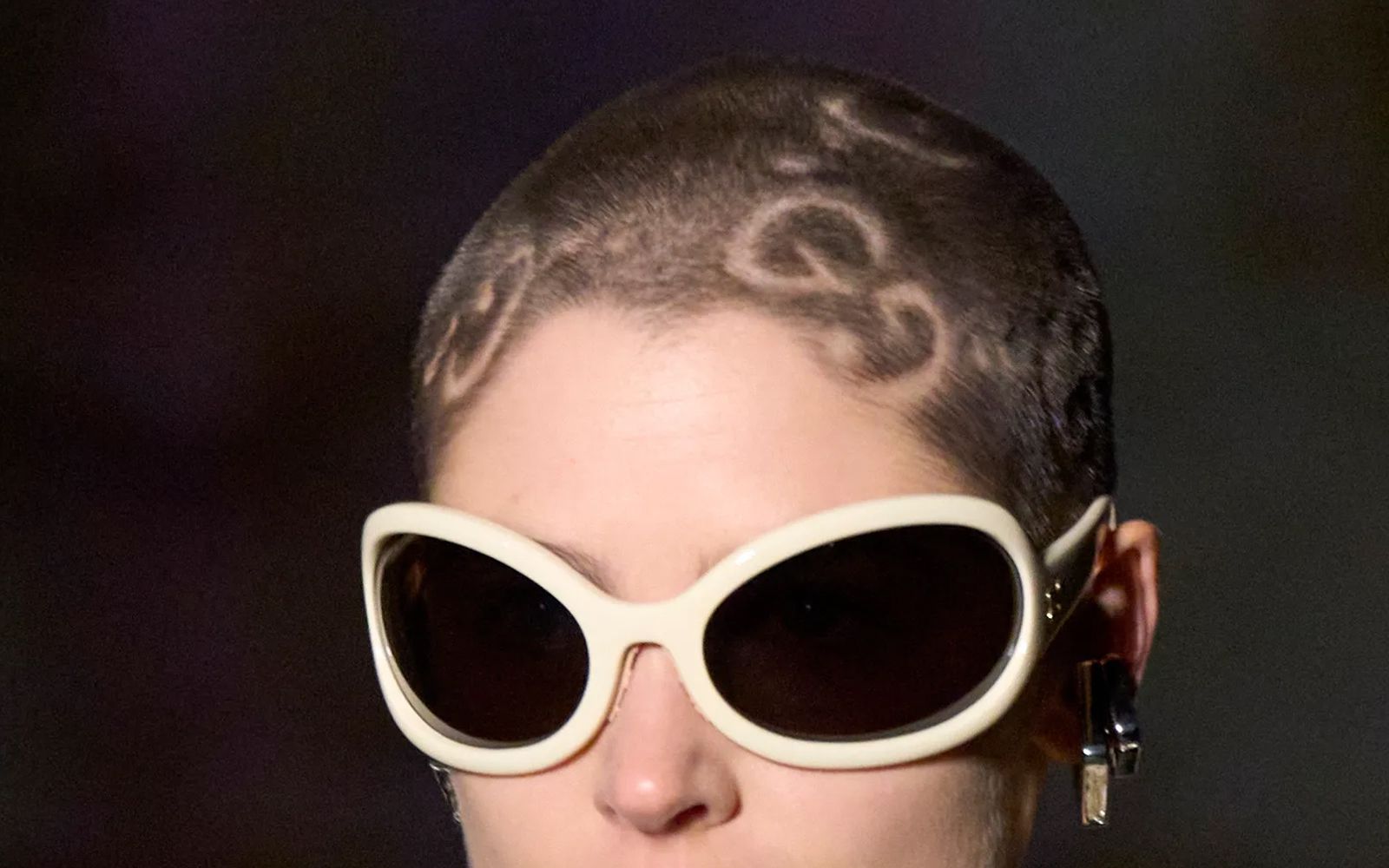
Would you ever put a brand logo on your head? The buzz cut from Kanye West at Gucci's latest show
We thought (and maybe we were wrong) that the season of shaved hair complete with logos stamped on it had finally come to an end. The phenomenon of the buzz cut with monograms has its roots in 90s street style culture, when barbershops in the United Kingdom had literally incorporated the haircut - for some more questionable than the glitter revival in full Y2K mood - within their price lists.
What made it a real trend were soccer players and celebrities linked to the sports world, fueling more often than not fortuitous instances of branding. Indeed, if in 2014 soccer players in Brazil proudly displayed their team number by incorporating it into their haircuts, in the early 2000s we saw a boom in ultra-short cuts with Nike logos in plain sight. And, two decades later, Gucci has (re)brought to the runway the monogram-encrusted buzzcut that has already become iconic.
I’ll never forget when Mandem used to get a Nike tick shaved in their hair pic.twitter.com/lP3QxPTvb8
— Daniel Caxton (@_Danyehh) July 30, 2019
Rather than a revival in full Y2K style - the years were running when Tom Ford had even engraved the logo on a model's pubis to provocatively challenge the proliferation of logos -, Gucci's buzzcut designed by Chris Foster draws on the first decade of the 2000s to reappropriate the brand's aesthetic imagery and carefully revise a decade we had taken too lightly. In fashion, music, and sportswear, the buzzcut has thus been the protagonist of a continuous communicative reinterpretation that has gone through different phases and developments.
When sportsmen were wearing logos on their heads
Footballers in primis and followers of consequence have sported shaved haircuts with monograms to replicate a coolness typically associated with the figure of the sports celebrity. Hence the buzz cut boom with the Nike logo as the seal of a kind of tribal adherence to a precise imagery, mixed with rebellion and branding at no cost in the ferment of the early 2000s. A phenomenon that, in all likelihood, can be traced back to the roundup of hair styles sported during the 1990s by former basketball player Dennis Rodman (one of which included the Chicago Bulls logo). As of 2014, the logo buzz cut trend promoted by prominent personalities in the world of soccer or sports has declined significantly, leaving the baton to artists or celebrities with strong media appeal.
When rappers promoted a record
In 2006 Kanye West, already a veteran of very personal and graphically elaborate haircuts, appeared with a buzz cut with a Fendi monogram during the presentation party for the new line of B bags. MIX. More recently, the artist Drake, at the announcement of the presentation of his sixth album Certified Lover Boy, sported a shaved cut with a heart drawn at the temples, winking at the soft boy aesthetic and registering a boost in buzz cut requests. Or Chris Brown, for the launch of his latest album, sported a buzz cut that sparked a real dissing over the originality of the cut.
When Gucci made the monogram a haircut
Only three days ago Gucci unveiled its Cosmogonie resort collection, scattering a handful of micro trends that didn't leave even the hairstyle of the models to chance. The buzz cut with GG monogram thus went viral in a very short period of time, making an impression number around the brand that exceeded expectations. And, this time, Alessandro Michele did not have to hack elsewhere to validate the aesthetic heritage of the Kering house brand. On the contrary, the point of this monogram cut was precisely to provide an inspo to followers and not involve them personally in defining the vast microcosm that bears the Gucci name.










































